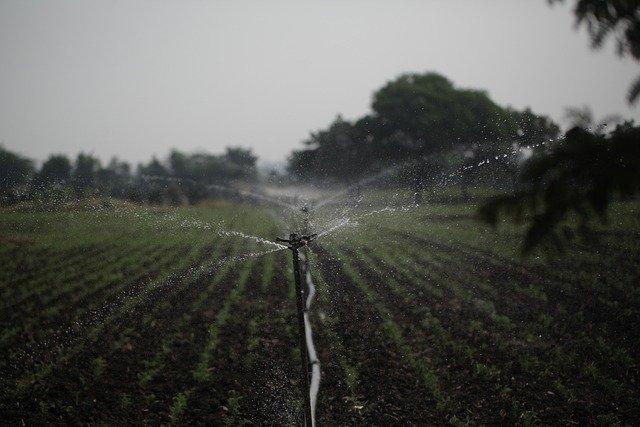Farms: Managing Water, Irrigation, Garden, Lawn, and Sprinkler Systems
Farming combines production, land stewardship, and infrastructure to sustain crops, livestock, and usable landscapes. Effective water management and thoughtful choices around irrigation, garden planning, lawn areas, and sprinkler systems influence yields, biodiversity, and operating costs. This article outlines practical approaches farms can use to balance productivity with resource efficiency while addressing common questions about these systems.

How does irrigation support farm productivity?
Irrigation supplies controlled water to crops when rainfall is insufficient or irregular. On farms, irrigation ranges from simple furrows and drip lines to more complex center pivots. Choosing the right method depends on crop type, soil texture, topography, and available water sources. Well-planned irrigation increases uniformity of water delivery, can reduce disease pressure by avoiding overly wet foliage, and supports steady growth during dry spells.
Design and scheduling are critical. Soil moisture sensors, evapotranspiration (ET) estimates, and crop-stage needs help determine timing and volume. Efficient systems like drip or micro-sprinklers reduce water losses to evaporation and runoff compared with overhead options, particularly on sandy soils or high-wind sites. Maintenance—clearing filters, checking emitters, and monitoring pressure—keeps systems operating near designed efficiency.
Can a farm garden be integrated with larger operations?
Many farms incorporate garden areas for high-value crops, trial plots, or on-site food production for workers. Garden spaces often use finer-scale irrigation and soil amendments tailored to vegetable or herb requirements. Integrating a garden with broader farm water planning helps avoid competition for resources and ensures consistent supply during peak seasons.
Companion planting, crop rotation, and small-scale water-saving tactics—mulching, targeted drip lines, and rainwater capture—are practical in garden settings. Gardens can serve as demonstration areas for new irrigation tech and soil health practices, helping scale successful techniques across larger fields while maintaining separate management where crop needs differ.
How do lawn areas fit into farm design and use?
Lawn or turf areas on farms typically appear around buildings, worker housing, or visitor spaces rather than in production fields. While less common on large-scale operations, properly managed lawns create firm surfaces for access, reduce dust, and improve aesthetics. Selecting drought-tolerant turf species and reducing lawn size are ways to minimize water demand.
Establishing lawn beds on suitable soils, limiting fertilizer use, and integrating native grasses where possible lower maintenance and environmental impact. Where irrigation is needed, separate controllers and sensors that respond specifically to lawn needs help prevent overwatering when adjacent production areas require different schedules.
How is water sourced and managed on farms?
Water sources for farms include groundwater wells, surface water (rivers, ponds), municipal supply, and harvested rainwater. Each source has regulatory, reliability, and quality considerations. Effective farm water management inventories available sources, matches water quality to crop tolerance, and designs storage to buffer seasonal variation.
Management practices prioritize reducing losses (lining canals, leveling fields), improving infiltration (cover crops, reduced tillage), and optimizing delivery (pressure regulation, zone-based scheduling). Monitoring—flow meters, soil moisture probes, and weather data—enables responsive decisions and can document water use for compliance or certification programs. Risk planning for drought or contamination events helps maintain production continuity.
What role do sprinkler systems play on farms?
Sprinkler systems cover a range from small garden sprinklers to large irrigators for field crops. They are versatile for germination, frost protection, and for crops that tolerate overhead wetting. Sprinklers can quickly deliver water across wide areas, making them useful for certain crop types and field layouts.
However, sprinklers have limitations: evaporation and wind drift can reduce efficiency, and wet foliage may elevate disease risk for some plants. Proper selection of sprinkler type (rotor, spray, micro-sprinkler), nozzle size, and pressure regulation mitigates these issues. Zoning, seasonal adjustments, and integration with automated controls and sensors improve performance while conserving water.
Conclusion
Managing farms involves matching water delivery methods to crop needs, landform, and available resources. Thoughtful irrigation choices, integrated garden areas, appropriately sized lawns, reliable water sourcing, and correctly specified sprinklers together shape farm sustainability and productivity. Ongoing monitoring, maintenance, and adaptation to local conditions remain central to effective water stewardship across diverse farm operations.






